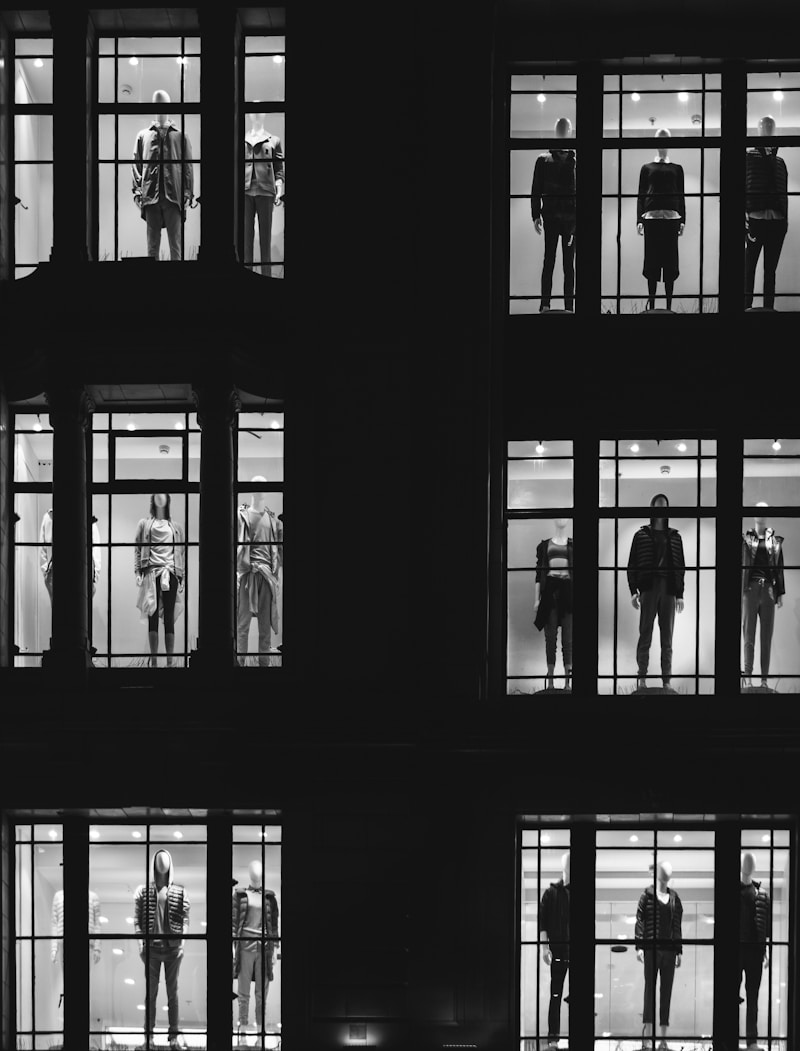Understanding Design Elements that Influence Fit: A Comprehensive Guide
Introduction
When it comes to clothing and apparel, one of the most critical factors determining a customer's satisfaction is fit. The design elements that influence fit play a significant role in how a garment looks and feels on the body. In this article, we will explore various design aspects that affect fit, providing insights for designers and consumers alike.
What is Fit?
Fit refers to how a garment conforms to the wearer's body. It encompasses comfort, silhouette, and how well the garment functions during movement. A well-fitted garment not only enhances appearance but also boosts confidence. This makes understanding design elements that influence fit essential for both designers and shoppers.
The Importance of Design Elements
Design elements are the fundamental components that contribute to the overall fit of a clothing item. These elements include:
- Fabric selection
- Pattern making
- Seam construction
- Measurements and sizing
- Design details
Fabric Selection
The choice of fabric is one of the most influential design elements affecting fit. Different fabrics have varying degrees of stretch, drape, and weight, which can significantly alter how a garment fits the body. For example:
| Fabric Type | Characteristics | Fit Influence |
| Cotton | Breathable, durable | Maintains shape but can be stiff |
| Spandex | Stretchable, form-fitting | Enhances comfort and movement |
| Wool | Warm, insulating | Can be structured or drapey depending on weave |
| Silk | Soft, luxurious | Flowing fit; may require careful sizing |
Pattern Making
Pattern making is a meticulous process that involves creating templates from which garments are cut. The precision of these patterns directly influences the fit of the final product. Errors in pattern making can lead to inconsistent sizing, which can result in garments that are too tight or too loose. Key aspects of pattern making that impact fit include:
- Curvature and contour of darts and seams
- Ease allowances for comfort and movement
- Proportions of different garment parts
Seam Construction
Seams are the building blocks of any garment. They not only affect the durability of a garment but also how it fits. Various seam types can be used to achieve different fits, such as:
- Flat seams: Reduces bulk and can provide a smoother fit.
- French seams: Adds strength, making it suitable for delicate fabrics.
- Overlocked seams: Provides stretch, often used in knitwear.
Measurements and Sizing
Understanding body measurements is critical for achieving a good fit. Designers must consider various body types and sizes when creating clothing lines. Typically, standardized sizing (XS, S, M, L, etc.) can vary significantly across brands, leading to confusion for consumers. It's essential to:
- Provide accurate size charts for reference.
- Encourage customers to take measurements before purchasing.
- Offer diverse sizing options to accommodate different body shapes.
Design Details That Affect Fit
Aside from the primary elements, various design details can enhance or detract from a garment's fit. These include:
- Gathers and pleats: Can add volume and alter the silhouette significantly.
- Adjustable features: Such as drawstrings or belts allow for customization of fit.
- Cut: The style and shape (like A-line, straight, or fitted) significantly affect how a garment falls on the body.
Consumer Considerations
As a shopper, it’s essential to be aware of how design elements affect fit to make informed purchasing decisions. Here are some tips:
- Pay attention to fabric composition and how it may change after washing.
- Examine product descriptions for detailed sizing information.
- Read reviews to understand how a garment fits on real people.

Conclusion
Understanding the design elements that influence fit is crucial for both designers and consumers. The choice of fabric, precision in pattern making, seam construction, accurate measurements, and thoughtful design details all contribute significantly to how well a garment fits. As the fashion industry continues to evolve, brand transparency regarding sizing and fit will become increasingly important. By keeping these factors in mind, both manufacturers and consumers can work towards achieving the perfect fit.
Summary and Recommendations: When designing or shopping for clothing, consider the various elements that impact fit. Pay special attention to the fabric type, pattern, and construction methods. Always refer to size charts, and consider your body type when selecting clothing. With these strategies, you can ensure a better fit that enhances your comfort and style.